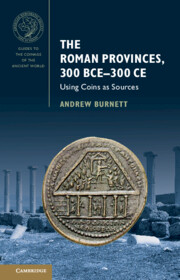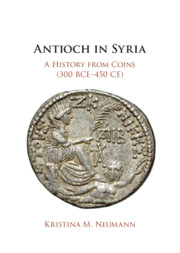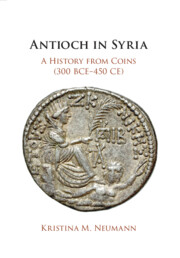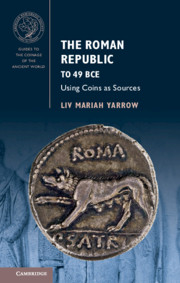The Roman Provinces, 300 BCE–300 CE
Provincial coinage gives us a unique insight into the Roman world, reflecting the values and concerns of the elites of the many hundreds of cities in the Roman empire. Coins offer a very different perspective from written history, which usually represents the views of the senatorial class, and which was usually composed long after the events that are described. The coins, in contrast, provide evidence without hindsight, and uniquely allow a systematic examination across the whole Roman world. This volume makes it possible for instructors and students and scholars to deploy a complex set of material evidence on many historical topics. It includes over two hundred illustrations of coins with detailed captions, so providing a convenient sourcebook of the most important items, and covers topics such as the motivation for Roman conquest, the revolution of Augustus, the world of the Second Sophistic and the crisis of the third century.
- Provides a clear and comprehensive narrative and good illustrations well described in the captions to enable students to grasp the historical potential of Roman provincial coinage
- Employs a chronological structure in order to help students understand clearly the scope and historical development of Roman provincial coinage
- Clearly explains for students the prevalence of inflation and the break-up of the Roman monetary system in the third century CE
Product details
November 2024Paperback
9781009420105
406 pages
216 × 140 × 21 mm
0.561kg
226 colour illus. 16 maps
Available
Table of Contents
- 1. Precious metal coinages at Rome and in the provinces
- 2. The beginnings of an empire in Italy and the western Mediterranean (300–200 BCE)
- 3. The growth of an empire during the late Republic (200–31 BCE)
- 4. Whose coins? A model for city coinage in imperial times
- 5. The revolution of Augustus – and becoming more Roman in the first century CE
- 6. Reinforcing Greek identity in the Golden Age of the second century CE
- 7. 'From a kingdom of gold to one of iron and rust' in the third century CE.





